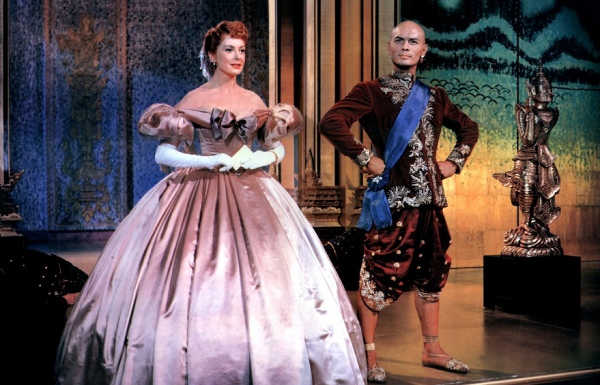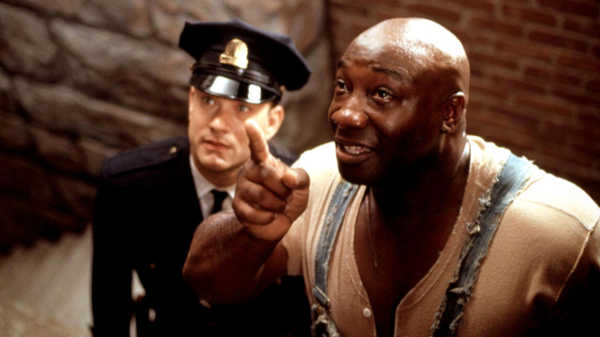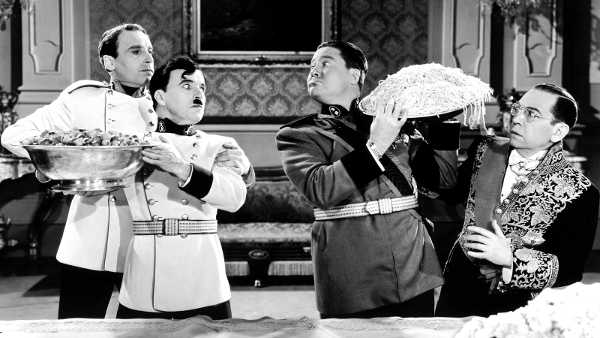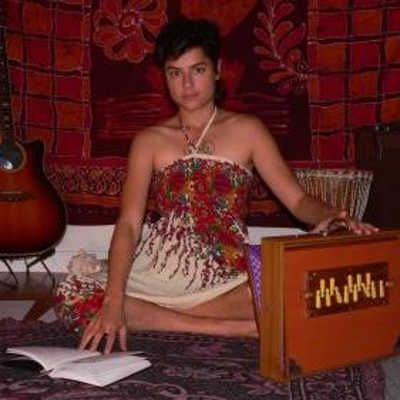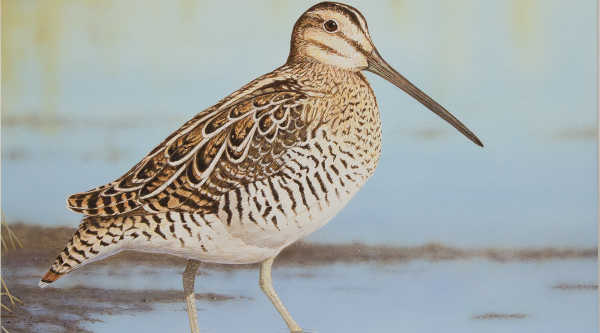- Tim Riley
- Posted On
‘Molly’s Game’ deals winning hand in true-life high stakes
MOLLY’S GAME (Rated R)
There could be a temptation to describe Aaron Sorkin’s “Molly’s Game,” the story of a strong female character’s jump into the male-dominated sphere of underground high-stakes poker, as mainly a full-blown crime drama.
Private poker parties may seem an unlikely place for the FBI to take a deep interest in Molly Bloom (Jessica Chastain), but the evolution of this organizer’s shift from exclusive Hollywood to more lucrative Manhattan gatherings is the heart of “Molly’s Game.”
Apparently, Molly sought the advice of legal counsel to keep legitimate her gambling enterprise even when the venue changed from a weekly hotel suite assembly of celebrities to a daily roundup of high-flying Wall Street executives and assorted denizens.
The interesting backstory to the titular character is that this is based on the true-life story of a once-hopeful Olympic skier, sidelined by a freak accident ending a putative athletic career, who looked to rebel against an ambition stoked by her domineering father (Kevin Costner).
Though her relationship with her psychologist father is strained, the whip-smart, confident Molly is not threatened by family or formidable members of the opposite sex, a trait that will come in handy moving on to new business opportunities.
Freeing herself from the restricting family bonds, Molly abandons the thought of continuing with law school and relocates to Los Angeles where she lands a flunky job with a shady businessman (Jeremy Strong) who runs poker games at the dark-lit Cobra Room for local big spenders.
Before long, Molly has mastered the game and absconds with the celebrity clients to set up rival poker games in a more upscale setting. It helps that movie star Player X (Michael Cera) brings to the table fellow elite players.
Molly’s eye-catching cleavage packed into slinky dresses is not enough distraction for players obsessed only with their massive gambling losses, and soon a host of other troublesome obstacles cause the Hollywood scene to eventually run its course.
Starting anew in New York City, Molly puts together an even more impressive game where the buy-in is the equivalent of a median-priced single-family residence that one might find outside the overpriced city limits, of course.
The table stakes attract the Wall Street power brokers and other titans of industry, but then the flow of serious money also draws notice from the undesirable element of Russian crime families who want to muscle in on the action.
Life for Molly also starts to unravel as destructive drug habits begin to cloud her judgment, leading to rookie mistakes in the operation of the unconventional business that crosses the legal lines that eventually draw unwanted notice by federal agents.
The pressure of running the New York games became a tough, painful burden that could not be alleviated with more drugs and alcohol. Moreover, having to rely now on a percentage take of the money pots would be unsustainable from a legal standpoint.
Under the full weight of the U.S. government bearing down and the tabloids having a field day with her arrest as the “Poker Princess,” Molly’s indictment on federal charges for running an illegal gambling ring would prove to be her ultimate undoing.
As a writer noted for the TV series “The West Wing” and the movies “A Few Good Men” and “The Social Network,” among others, Aaron Sorkin has a keen sense of dialogue that is on par with the acerbic scripts of noted playwright and screenwriter David Mamet.
The writer’s words are especially crucial for the scenes where Molly consults with Idris Elba’s high-powered attorney Charlie Jaffey, who struggles with a defense strategy hobbled by the defendant’s fierce desire to protect the identity of her players from public disclosure.
Chastain’s Molly Bloom is the type of film role that could easily lead to an Academy Award. As presented here, Molly is, for the most part, smart, sharp, confident, strong and business-savvy, a mix of personal traits not often wrapped up into one individual.
Even more telling for the complexity of her performance is that Chastain’s poker kingpin, despite her addictions and questionable business choices, is made essentially sympathetic notwithstanding that she consorts with mobsters and breaks the law.
Perhaps it’s the fault of the film’s structure, bouncing around timeframes that even go back to flashbacks when Molly (Samantha Isler) was then a child skier enduring the Colorado slopes, that the story sometimes feels disjointed and uneven.
Despite some misgivings about the narrative flow of Molly’s story, there is little doubt that Sorkin has put together an energetic, compelling take on a strong female central figure who more than holds her own with potent men from all walks of life.
Whether the construct of this film is intended to be a tale of female empowerment or merely a riveting story of moral ambiguity, “Molly’s Game” deals a winning hand in this tale of a gutsy protagonist bristling with energy who played the game on her own terms.
Tim Riley writes film and television reviews for Lake County News.

